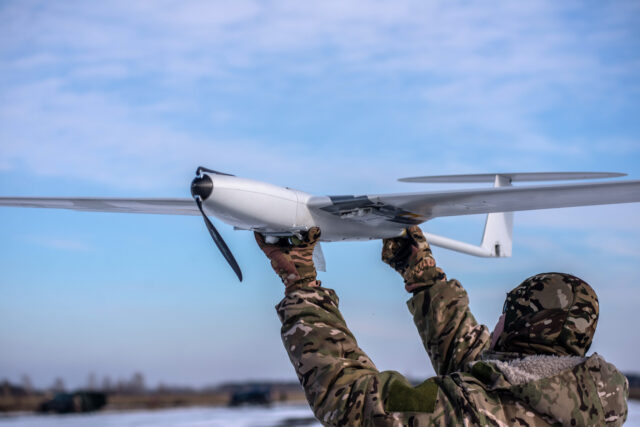Orders for goods manufactured in the U.S. jumped much more than expected in August, the latest sign that the manufacturing sector’s interest rate hike downturn has run its course.
Factory orders rose 1.2 percent in August, the Commerce Department said Wednesday. Economists had forecast a smaller 0.3 percent increase after a decline of 2.1 percent in the prior month that was driven by a large decline in the volatile civilian aircraft category.
Excluding transportation, orders rose 1.4 percent in August and the prior month’s gain was revised up two-tenths of a percentage point to a gain of 0.9 percent.
Excluding defense, factory orders were up 0.8 percent.
Orders for nondefense capital goods excluding aircraft rose 0.7 percent. This category is considered a proxy for business investment.
New orders for manufactured goods have risen in five of the last six months, with July seeing the only recent decline.
Durable goods orders rose 0.2 percent to $284.7 billion, which was better than expected. For the year, durable goods orders are up 4.2 percent. Orders for fabricated metal products, up six of the last seven months, led the month-over-month increase, rising 0.6 percent.
U.S. support for Ukraine appears to once again be a major contributor to factory orders. Orders for defense aircraft rose 19.2 percent in August and are up 13.2 percent from a year ago.
But orders for civilian goods are also rising. Orders for household appliances jumped 3.6 percent in August and are up 5.5 percent from a year ago, indicating solid consumer demand.
Orders for industrial machinery rose 5.1 percent. Orders for mining and drilling equipment were up 1.9 percent, likely reflecting the increase in oil prices.
Orders for automobiles and parts rose 0.3 percent and are up four percent from a year ago.
Nondurable goods orders totaled $301.4 billion, an increase of 2.1 percent. This category includes foods and fuels and the rise may reflect the increase in fuel prices in August.
The numbers are not adjusted for inflation, so some increases may reflect higher prices rather than demand for more of the goods.

COMMENTS
Please let us know if you're having issues with commenting.